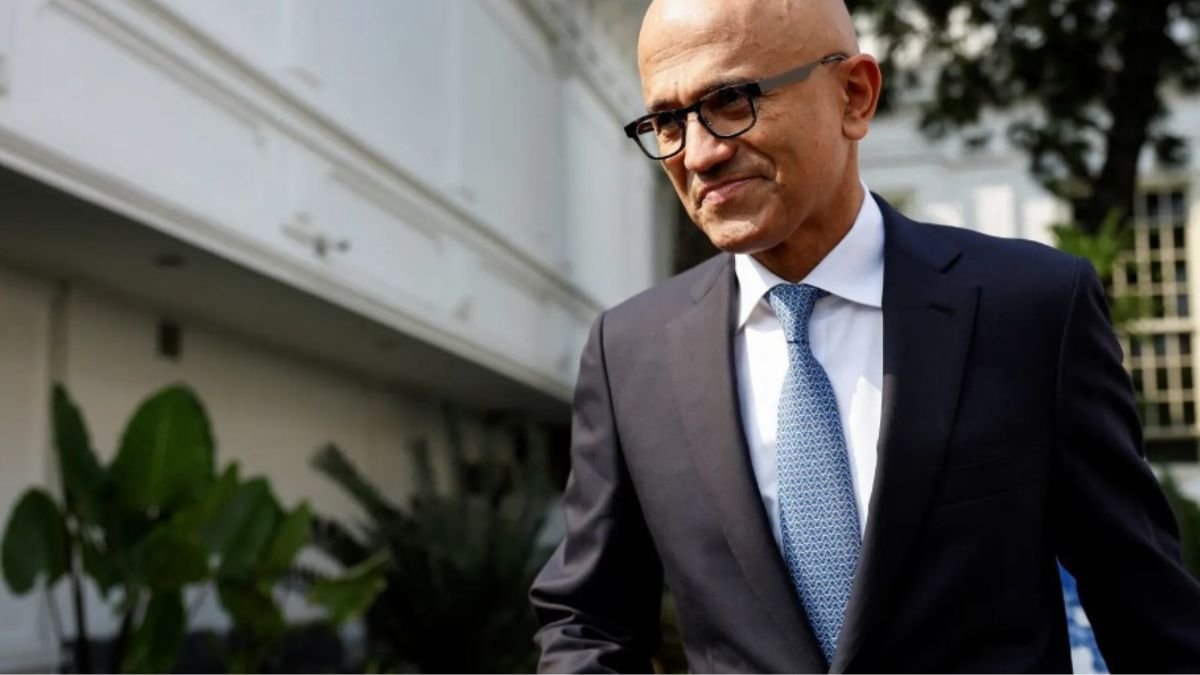In a significant move affecting its global workforce, Microsoft has confirmed the layoff of approximately 6,000 employees, roughly 3% of its total staff. The Microsoft layoffs are part of a broader reorganization strategy aimed at keeping the tech giant agile in a rapidly evolving digital landscape.
The company, which reported stronger-than-expected earnings in late April, emphasized that the Microsoft layoffs are not performance-related but rather a structural adjustment to enhance operational efficiency. As of June, Microsoft employed about 228,000 people worldwide.
A spokesperson for the company stated, “We continue to implement organizational changes necessary to best position the company for success in a dynamic marketplace.” The comment underscores the firm’s focus on long-term strategic positioning rather than short-term cost-cutting.
Focus on Management Efficiency
One of the key goals behind the latest Microsoft layoffs is to reduce managerial layers, a move that echoes similar restructuring efforts across the tech industry. Amazon made headlines earlier this year for eliminating roles it described as part of “unnecessary layers” within its organization.

In Washington state alone, where Microsoft is headquartered, nearly 2,000 positions are being cut. Of those, 1,510 roles are based out of the company’s Redmond offices. This marks the most substantial workforce reduction at Microsoft since 2023, when it eliminated 10,000 jobs.
Not Just About Performance
While some tech companies have linked job reductions to underperformance, Microsoft clarified that the current wave of Microsoft layoffs is not tied to employee evaluations. This follows a smaller performance-based layoff in January that affected a limited number of staff.
Microsoft CEO Satya Nadella has been vocal about the company’s intent to refine its sales execution and go-to-market strategies, particularly in light of evolving dynamics within its Azure cloud business. Although AI-driven Azure growth exceeded expectations, traditional segments underperformed.
“At a time of platform shifts, you kind of want to make sure you lean into even the new design wins, and you just don’t keep doing the stuff that you did in the previous generation,” Nadella explained during an investor call earlier this year.
Microsoft Layoffs Mirror Industry Trend
The microsoft layoffs come at a time when other tech companies are also trimming their workforces. Last week, cybersecurity firm CrowdStrike announced a 5% cut to its employee base. The trend reflects a broader industry recalibration in response to shifting priorities, market pressures, and the accelerated adoption of AI technologies.
Despite the layoffs, Microsoft’s financial performance remains robust. The company posted $25.8 billion in net income for the most recent quarter. Its stock continues to perform well, closing at $449.26 on Monday, its highest level this year and not far from its record high of $467.56 reached last July.
Looking Ahead
As the Microsoft layoffs unfold, the company is expected to continue investing heavily in artificial intelligence, cloud infrastructure, and productivity tools. Insiders suggest that the restructuring may help Microsoft maintain a sharper focus on innovation and more agile decision-making processes.
Though job cuts are never easy, analysts believe that the Microsoft layoffs are part of a longer-term vision to strengthen the company’s competitiveness and scalability. Whether this shift pays off will become clearer in the quarters ahead, but for now, Microsoft is signaling its intent to lead rather than follow in the next era of tech transformation.
